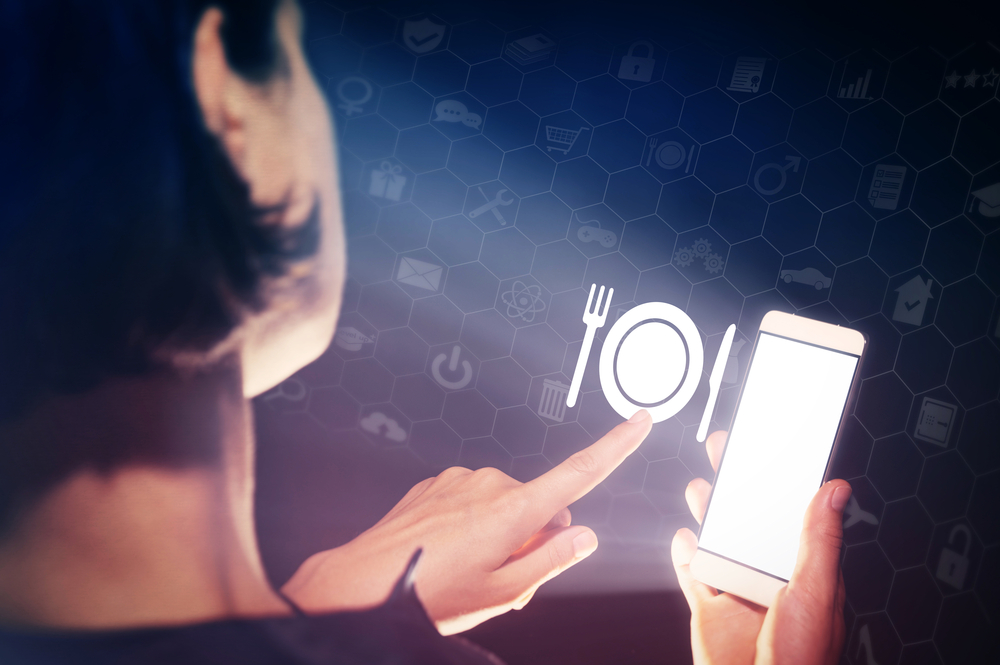The quick-service restaurant (QSR) industry relies on servicing an immediate need. Hungry customers are looking for somewhere convenient and delicious to eat, which is why QSR marketing needs to be ready with the right answers. Increasingly, this has meant using digital strategies to speak to customers across various devices. We’ll look at the proven strategies you can use to increase your conversions no matter where you are.
Strategy 1: Focus on Local Audiences
Location data is a staple of marketing, but it’s evolved to do more than recognize where someone is. Now, technology can give marketers a more complete overview of people’s everyday behaviors, and enable marketers to predict movement based on past patterns.
Known as local marketing, this strategy adjusts for everything from the brand’s reputation in an area to the market size. It shows where businesses fall in the context of the market they’re in. So if you’re losing in one neighborhood but thriving in another, you can see which businesses are winning the war. It drives to a deeper level than national marketing and helps brands connect with people in a particular region.
Strategy #2: Add CTV to Your Approach
Television and QSRs have gone hand-in-hand for years, and it’s still a solid strategy even as people cut cords and change their viewing habits. Today, companies are adjusting their marketing to an audience whose attention is being pulled in multiple directions. This digital approach has seen higher attention scores from their ads that have translated into higher sales.
For example, Domino’s famously debuted content during sports games that was aligned with the on-screen action. But instead of showing one football player tackling another, they showed a tree tackling a car and potentially endangering the pizza in the backseat. It was clear that the audience was primed for this sort of high-stakes experience.
These evaluation methods have been instrumental in showing when ads have the most power and why. When Domino’s ran these ads during non-sports programs, the attention rate of viewers wasn’t as robust. They also started to see a loss of interest after repeated showings, which can give a brand better insight into when the switch their message.
Strategy #3: Win with Social
Social media marketing has long been a treasure trove of information. It’s the marketer’s job to figure out exactly which data they need and how to use it. For a QSR, this might mean anything from familial status to political affiliation. From Instagram to Facebook, you can work to create smaller groups that allow you to create ultra-direct ads.
So if you’re targeting young parents in a busy suburban shopping mall, you’re going to need a very different strategy than a group of teenagers headed out on a road trip. Narrowing down your groups will give you a higher rate of conversation and save your marketing dollars from those who were never interested in your product to begin with.
Strategy #4: Fine-Tune Your ROAS
Return-on-Ad-Spend (ROAS) and cost-per-order metrics can be a highly useful tool to craft your marketing strategy. It shows you precisely what you’re getting when you experiment, so you can focus on the ads that actually produce the most profit.
We recommend installing the Facebook pixel on your website to help track conversions by measuring the results of each ad. It shows you how people react to and interact with both your Facebook ads and your company website. You can also set goals on Google Analytics, assigning real dollar values to each campaign before tracking your conversions to see if yours measured up.
One thing to keep in mind though is the true ROAS. This figure is the lifetime conversions you get from one ad, rather than the immediate effects of your outreach. So just because an ad campaign only had a 1x ROAS (meaning you spent $10,000 and produced $10,000 in return), doesn’t mean that you didn’t inspire loyalty in customers for many years to come. True ROAS is difficult to measure, but a purchase tracking tool can give you a better sense of the immediate return to help gauge future profits.
Demand Local and Digital Marketing
Demand Local has seen tremendous success when QSRs implement better digital marketing strategies. In under a quarter, we were able to drive 20,000 orders for a leading QSR chain and more than 2,200 walk-ins for another. Plus, we were able to reduce advertising costs by nearly 70%. If you want to find out more about how we pulled that off, give us a call today.




